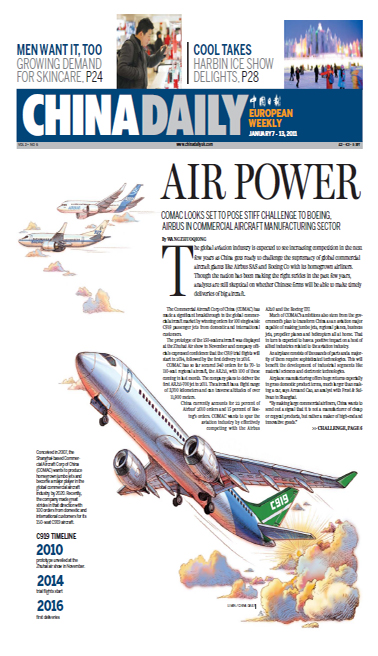Danfoss sees green potential in smaller cities
Updated: 2010-11-25 14:08
By Yang Ning (China Daily)
BEIJING - Danfoss Group, one of the largest industrial companies in Denmark, is stepping up its efforts to tap opportunities in China's second- and third-tier cities in a bid to promote energy conservation and business expansion.
"China is the third-largest market for Danfoss. I will try to make it our number one market in the next three to four years," said Thomas Koniordos, president of Danfoss China.
"A change of economic development model has been emphasized as one of the major tasks of the 12th Five-Year Plan (2011-2015) in China, and the country attaches great importance to building an energy-saving and environmentally friendly society, which will give industry more responsibility and encourage enterprises to focus on energy conservation," Koniordos said.
In November 2009, the government announced its intention to reduce the intensity of carbon dioxide emissions by 40 to 45 percent by 2020 compared with the level in 2005.
Tax breaks for renewable-energy companies have been introduced, as well as increased prices for electricity produced from cleaner fuels.
Koniordos said that to further promote low-carbon economic growth, China should now pay more attention to making the best use of existing energy-efficient technologies and solutions rather than developing renewable resources.
Although developing new technologies for renewable energy is the future of a low-carbon economy, he said, Danfoss has the simple philosophy that money saved today through energy efficiency will facilitate investments in green improvements in the long term.
"If we pick the low-hanging fruits that energy-efficient technologies offer, it will help us afford green energy sources in the future," he said.
For example, one radiator thermostat can save 100 kg of carbon dioxide emissions every year. Replacing a manual radiator valve with a thermostat typically can reduce energy use by 30 percent. However, Koniordos pointed out that there are still some 2 billion radiators without thermostats around the world today.
"Energy efficiency is the cheapest and fastest way to reduce carbon dioxide emissions. However, there is still a huge untapped potential. To exploit this potential, more involvement with decision-makers is needed to secure an adequate framework for energy-efficient technologies," he said.
Paper's Digest

Fresh start
China has an enormous stake in the stability and prosperity of the EU, the largest market for its exports.
Lion's share
Tuning into FM
Found in translation
Specials

On the rise
China could become the world's largest market for helicopters in the next two decades.

General Practice
Country doctors work in trying conditions to bring care to people in the remotest of regions.

Reading Pleasure
Whatever genre you fancy, these English-language book titles of 2011 are sure to delight.




